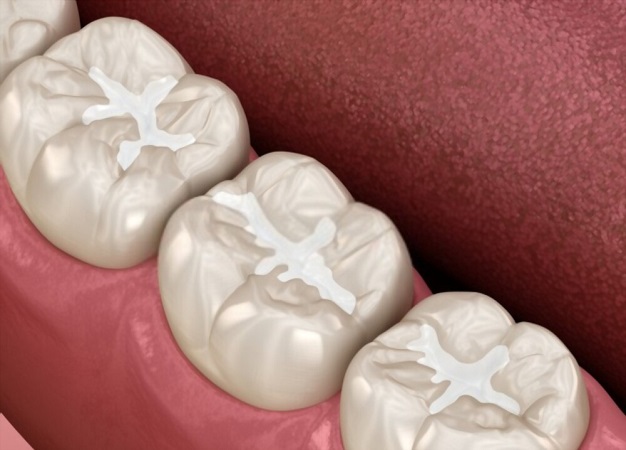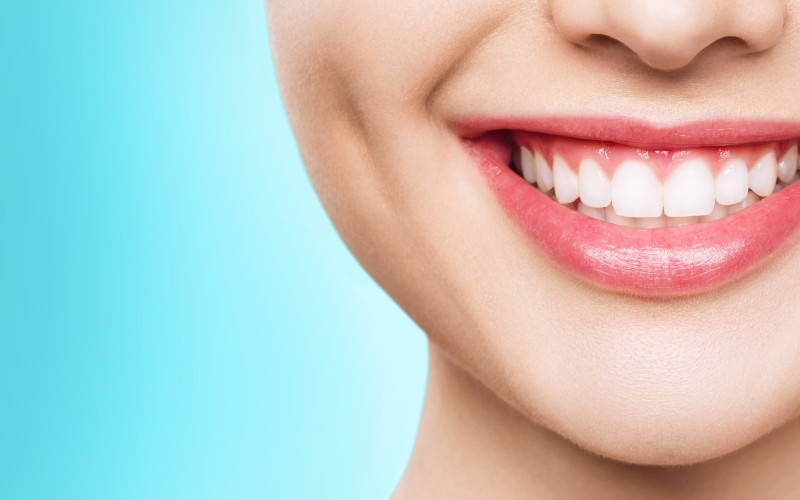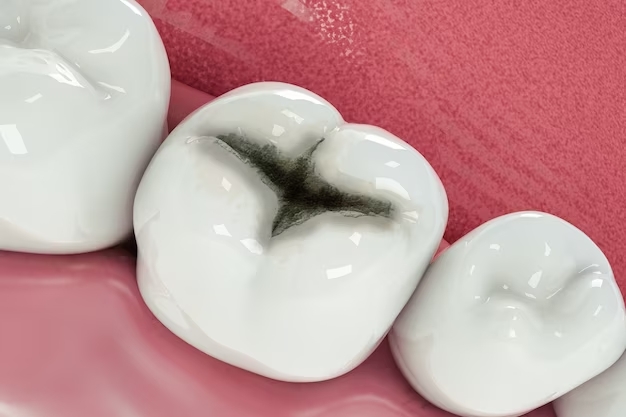
Back teeth’s chewing surfaces may contain small grooves known as fissures. Tooth decay can readily begin in cracks where food can become trapped and cleaning is difficult. These grooves are too tiny for toothbrush bristles to enter and clean. Sealants are thin plastic coatings that are applied to the chewing surfaces of back teeth.They aid in the prevention of tooth decay by providing a smoother, easier-to-clean surface. Sealants were invented in the 1960s and have been widely utilised ever since.
What are dental sealants?
Dental sealants are plastic coatings that are often applied to the chewing surface of the permanent back teeth to help protect them against decay. Brushing and flossing are the most effective ways to prevent cavities, but cleaning every nook and corner of your teeth especially those back teeth you use to chew is not always simple. Molars are rough and irregular, making them an ideal hiding area for leftover food and cavity-causing germs. There is, however, another safeguard to assist keep your teeth clean. A sealant is a thin, protective covering composed of plastic or other dental materials that clings to the chewing surface of your back teeth. They are not a replacement for brushing and flossing, but they can help prevent cavities from developing and may even prevent early stages of decay from progressing to full-blown cavities.
What Is the Function of Sealants?
Consider them to be raincoats for your teeth. When cavity-causing germs in everyone’s mouth come into contact with residual food particles, they release acids that can cause holes in teeth. Cavities are what these holes are. After sealant is placed, it keeps food particles out and germs and acid from accumulating on your teeth, similar to how a raincoat keeps you clean and dry during a storm.
The Advantages of Dental Sealants
There are several advantages to utilising sealants. They are :
- Are transparent or white
- To prevent tooth decay, plug and seal the tiny pits and grooves in the teeth.
- Apply it for a few moments
- Cause no discomfort
- Do not necessitate any injections or drilling on your part
- They do not dissolve in saliva
- Are not in danger
An oral health professional applies sealants. They typically endure two to seven years, although they can live much longer. Sealants must be examined on a regular basis by your dental health expert. The majority of decay begins in the little pits and grooves on the biting surfaces of the rear teeth. Permanent molars are the most vulnerable to tooth decay and benefit the most from dental sealants.Most youngsters get their first permanent molars around the age of six or seven, and their second molars around the age of eleven or twelve. As the molars emerge, they are more vulnerable to tooth decay. It is very vital during this time to keep up with your child’s routine dental check-ups.
We hope this article has helped you understand the value of sealants and how they can protect teeth from decay; nonetheless, they must be inspected for chipping or wear during regular dental check-ups. If you are looking for the best Sealants treatment in Berwyn, IL, contact Berwyn Dental Connection.


